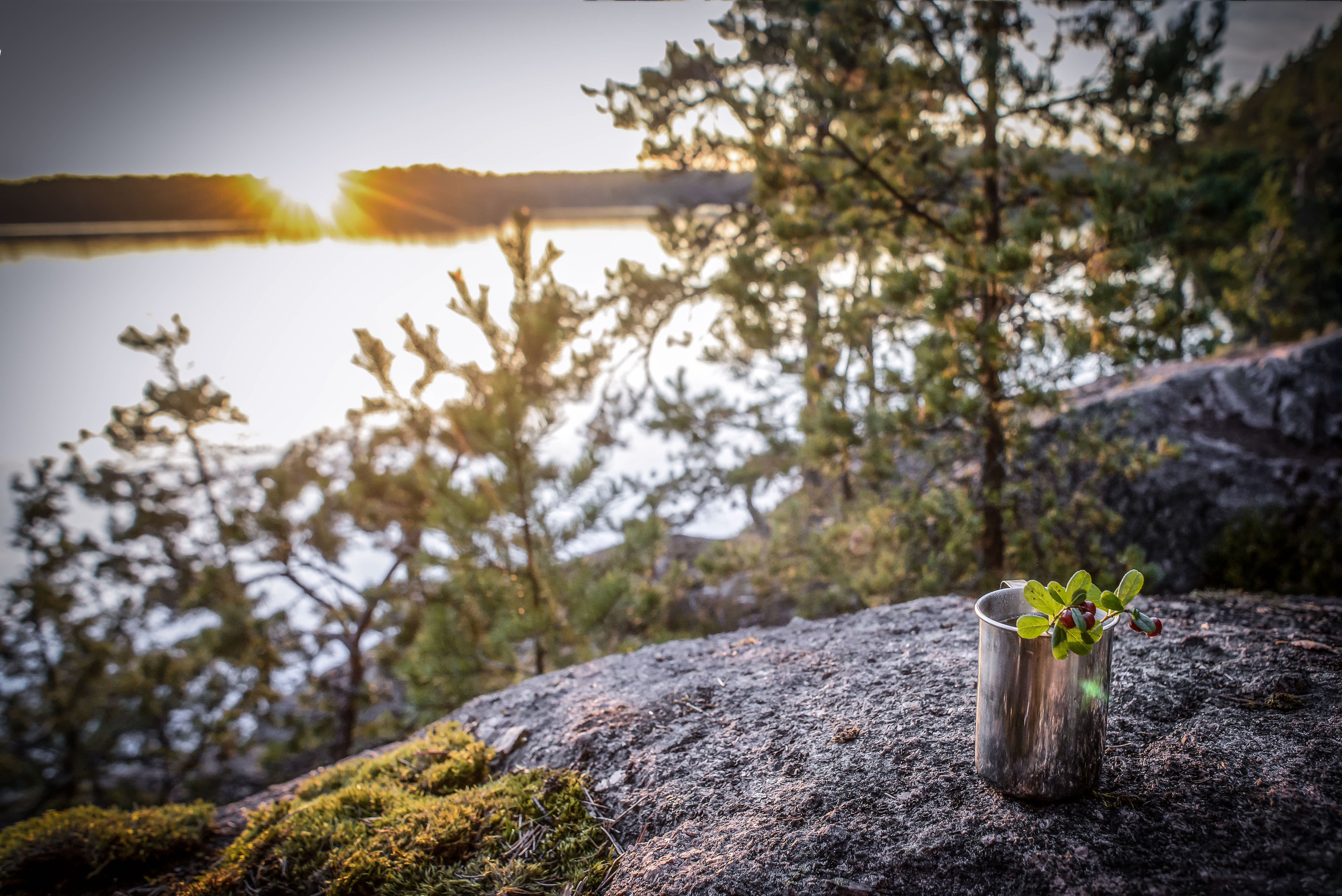
24.03.2022 - 08:00
Alcoholic beverage plant has a carbon sink the size of 1,500 football fields: Anora calculated the carbon sink capacity of its forests in Rajamäki
Anora (previously Altia and Arcus), the leading beverage company of the Nordics, owns forests near its alcoholic beverage plant in Rajamäki, Finland. The size of the area is equivalent to 1,500 football fields. The purpose of this ownership is to protect the groundwater used by the plant: the pure groundwater is added to products as it is. Anora calculated how much capacity the area has for sequestering carbon and had a new forest management plan made for increasing the amount of carbon containe
Anora (previously Altia and Arcus) calculated the capacity of the forests it owns for sequestering carbon and made a new forest management plan through which it aims to conserve and increase the amount of carbon sequestered in the trees and soil of the area. Trees sequester carbon dioxide from the atmosphere as they grow, and store it both in themselves and in the soil. It has been estimated that forest areas sequester and store around a fourth of the world’s carbon dioxide emissions.
Anora's forests are in the Hyvinkää and Nurmijärvi areas in Finland and most of them are located in sand-bottomed groundwater areas, from where the soil filters water to create groundwater. Anora's forest ownership is strongly linked to its desire to protect groundwater areas. Its products use unprocessed groundwater and so it is essential that its forest and bog areas remain pure.
Anora’s forest area consists mostly of groundwater areas as well as some protected areas and nature reserves. The area includes a considerable number of forests over a hundred years of age; the oldest trees are 140 years old and the area contains mire reserves and ancient shores.
The area stores 827,320 tons of carbon, 80% of which is sequestered in soil and 20% in trees. According to the forest management plan, the stored carbon will remain sequestered and will increase by about one percent by2041.
“We strive for carbon neutrality in our production processes, and we are well on our way to achieving this goal. Our circular economy-based distillery and its own bioenergy power plant have reduced their carbon dioxide emissions by 58% since 2018. In addition, we are seeking to reduce our emissions by examining our operations from every angle – the calculation of the carbon sequestered in our forests in Rajamäki and the plan to increase it are part of this effort”, says Anora's Director of Communications and Sustainability, Petra Gräsbeck.
Carbon balance increased by various methods
Various methods will be used to increase the carbon balance. Logging will be directed towards suitable trees and, on moorlands, for example, forest is regenerated on a small scale by methods like small-scale clear-cutting and light selection felling. Crown thinning and prolonging the rotation period are also beneficial methods.
Clear-cutting may be used on moorlands in moderation, as long as there are sufficient exclusion areas especially between the cutting area and water systems and ditches. On peatlands, clear-cutting will be abolished entirely, and light selection felling as well as small-scale clear-cutting will be preferred in spruce woods and light selection felling in pine woods.
Methods that expose as little soil as possible will be favoured in tillage. Tillage will be avoided on peatlands.
